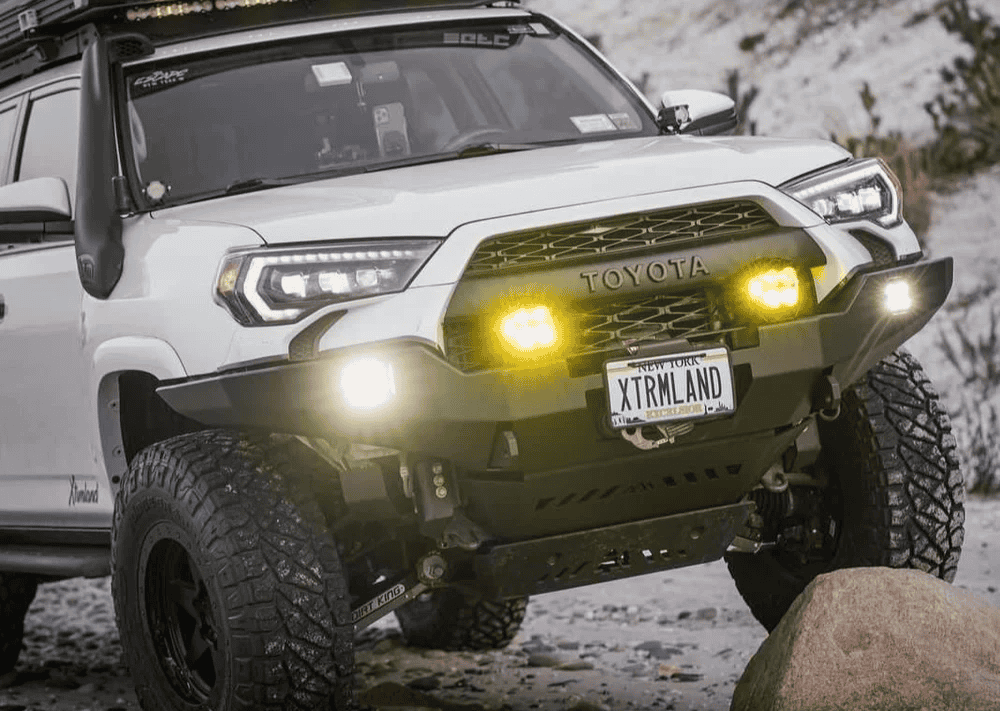Overland Vehicles

Expedition truck campers blend a capable 4x4 chassis with a compact living space that keeps weight low and secure over the rear axle. Unlike towing a trailer, this approach keeps the rig nimble on narrow, rutted tracks and snow covered forest roads. The best setups balance payload, center of gravity, and traction so you can reach trailheads without drama. Think of it as a small cabin that goes wherever the front tires point.
Choosing between an expedition truck camper and an overland camper shell comes down to how far you plan to go and how long you want to stay out. Overlander campers often prioritize daily drivability and modular interior kits, while an overland camper with a full habitat leans into self containment. Both can work in the backcountry, but expedition truck campers focus on stability and resilience when the road fades to rock and roots.
Payload matters more than published dry weight. Add water, batteries, recovery gear, and food, and the numbers climb fast. Keep heavy items forward and low to avoid sway, and check that the camper’s center of gravity sits ahead of the rear axle line. This is where a back country camper shines when it is matched to the right truck.
A well tuned suspension with proper spring rate and shock damping controls the load over washboards and ledges. Pair that with all terrain or hybrid tires sized for the truck’s gearing. Airing down reduces chatter, protects the camper structure, and improves traction on sand or snow.
Hard side shells insulate well and offer security, while pop up designs cut drag and lower clearance for tight timber. Composite monocoque shells, similar in concept to a Camp X Camper style build, deliver strength with minimal weight and resist condensation. The key is a layout that allows you to cook, sleep, and work without constant teardown.
Power is the heartbeat. Lithium batteries, a DC DC charger off the alternator, rooftop solar, and an inverter create a balanced system. Plan for your real draw: laptops, diesel heater fans, induction cooktops, or a compact fridge. In cold climates, a diesel or gas fired heater with ducted airflow keeps corners dry and warm, reducing mold risk in backcountry campers that see winter nights.
Carry only what your payload allows. A modest fresh tank plus a portable filter lets you top off from streams safely. Insulated lines, a heated enclosure for tanks, and an air gap behind cabinetry help keep a backcountry camper functional below freezing. Ventilation is as important as heat to purge moisture after cooking or drying gear.
Heavy recovery gear belongs near the cab or low in the bed. Use exterior boxes for dirty items and a damp gear zone near the entry. Inside, aim for a galley that can boil water without blocking movement. Small choices like a flip up counter or a slide out table make life easier when weather closes in.
Recovery planning is not optional. Pack traction boards, a shovel, a proper jack point, and a rated soft shackle. Keep a short, high quality air hose handy for fast tire changes in blowing dust. Navigation redundancy matters too: a paper atlas, an offline app, and a satellite messenger for check ins when trees swallow cell bars.
Your route dictates the build. Explorer overland routes that climb long passes reward lower weight and effective cooling. Sand demands floatation and torque. Forest spurs call for careful height planning so the camper clears branches. If a back country truck camper extends far past the tailgate, mind departure angle and install rear protection.
Stay on established routes, avoid muddy track damage, and choose durable surfaces for camp. Quiet generators, or better yet battery based systems, protect the soundscape. Pack out everything and use a folding fire pan where fires are allowed. Backcountry camper travel can be low impact with a little intention.
If you chase shoulder season storms, want snow trail access, or need to tow a small boat, a truck based habitat often wins. Expedition truck campers keep the rig short and agile, and you can remove the camper to run the truck bare when needed. For many, that flexibility beats a larger, fixed body solution.
For deeper build research and proven configurations, you can see our overland rigs. If you already have a platform and need fitment, fabrication, and systems integration, explore a custom overland upfit tailored to your routes and payload.
A back country truck camper is only as good as the match between terrain, truck, and systems. Expedition truck campers reward careful planning around weight, center of gravity, and usable storage. An overland camper with a smart power package, honest water capacity, and true four season insulation lets overlander campers chase longer routes with fewer compromises.
If you want a builder who listens first and then executes clean, reliable work, learn more about our process here: why choose OZK Customs. We design and upfit backcountry campers that feel dialed on day one, whether you are mapping weekend loops or crossing states on washboard.
Bring your wish list, your must hit trailheads, and your timeline. We will help translate that into the right platform, structure, suspension, power, heat, and storage so your back country camper works year round. When you are ready to start, see our overland rigs and outline your goals. Then we can turn that plan into a dependable habitat built for remote miles.
Ready to build a back country truck camper that fits your routes, not just your driveway? Tell us how you travel and we will design the platform, systems, and storage to match. Submit the form and our team will map a clear path from concept to keys.
ADDRESS:
6159 E Huntsville Rd, Fayetteville, AR 72701
PHONE:
(479) 326-9200
EMAIL:
info@ozkvans.com